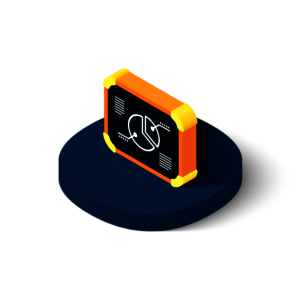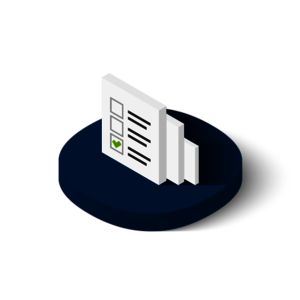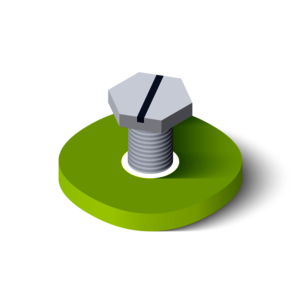Queensland Government has compiled a useful resource to make informed decisions regarding water bore drilling and water supply. This information is sourced from Queensland Government, click here to read the full article.
To discuss water supply, irrigation or drainage issues, please contact your local Water Management Business Centre. Click here for a full list of Water Management Business Centre.

Getting started
Before you engage a driller, consider the following questions:
- How much and what water quality do I need?
- What supply and water quality can be expected?
- What depth will the bore need to go to?
- How much will it cost?
- What type of drilling rig will be needed?
- Where is the best bore site on my property?
- Do I need a permit to drill a bore?
- Do I need a licence to take water?
- How should the bore be designed?

Information sources
When considering a water bore, you can find useful information from the Department of Natural Resources and Mines (DNRM). They can often hold important information about previous drilling sites around your location. To get in contact with the DNRM to gather drilling or water bore records, you should contact your local business centre.
We can also be a solid foundation of bore drilling knowledge if we are familiar with your area, whether, we always recommend getting information from another source.
A private hydrolgist consultant can often provide valuable advice and an underground water assessment to help determine the suitability of a water bore.
To assess the suitability of the underground water supply, you should identify:
- likely maximum depth
- expected water quantity and quality
- preferred drilling sites.

Licence or permits required
Once you have determined the hydrological factors of your desired water bore site, you may need to get a water licence. Water licences are required when you are:
- taking water from an artesian aquifer
- taking water from a sub-artesian aquifer in a regulated groundwater area.
In certain areas, taking water for certain purposes may not require a water licence. To read more about licences and permits, click here.

Bore location
In addition to hydrological factors, you should also assess the following before finalising a water bore location:
- possible sources of pollution (e.g. septic installation)
- property boundaries and proximity to where the water is required
- source of power to drive pump
- neighbouring bores, to avoid potential pumping interference
- service facilities including power, telephone lines and gas.

Drilling contractor
Prior to drilling operations commencing, you should come to an agreement on a number of points:
- whether the drilling rig is capable of doing the job
- approximate depth to be drilled
- the charge for a 'dry' hole
- the charge for a completed bore
- tests to be carried out on completion (to determine water quality and quantity)

Bore Construction
When constructing a water bore in Australia, it must comply with the minimum construction requirements for water bores in Australia. If your boring into The Great Artesian Basin, the bore must be constructed in accordance with the Minimum Standards for the construction and reconditioning of water bores that intersect the sediments of artesian basins in Queensland.
To learn more about bore construction, click here.

Water Quality
We recommend you perform a complete water analysis before equipping the bore. You should seek a private, independent water analyst to complete this water analysis, i.e. Mt Kynoch water treatment testing facility.
Conductivity tests or 'taste tests' give an indication only and do not provide sufficient data to determine the overall suitability of the water for your needs.


